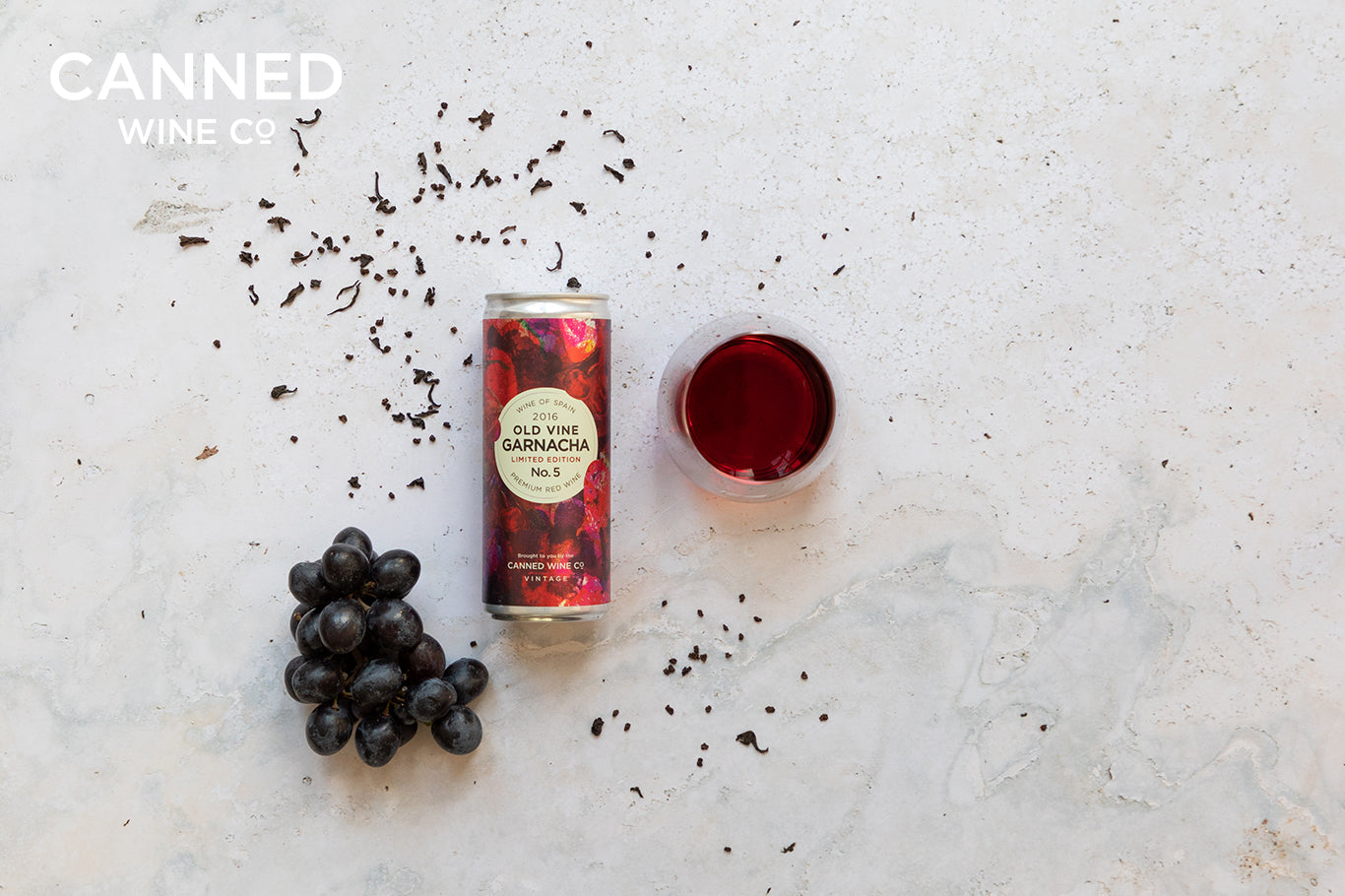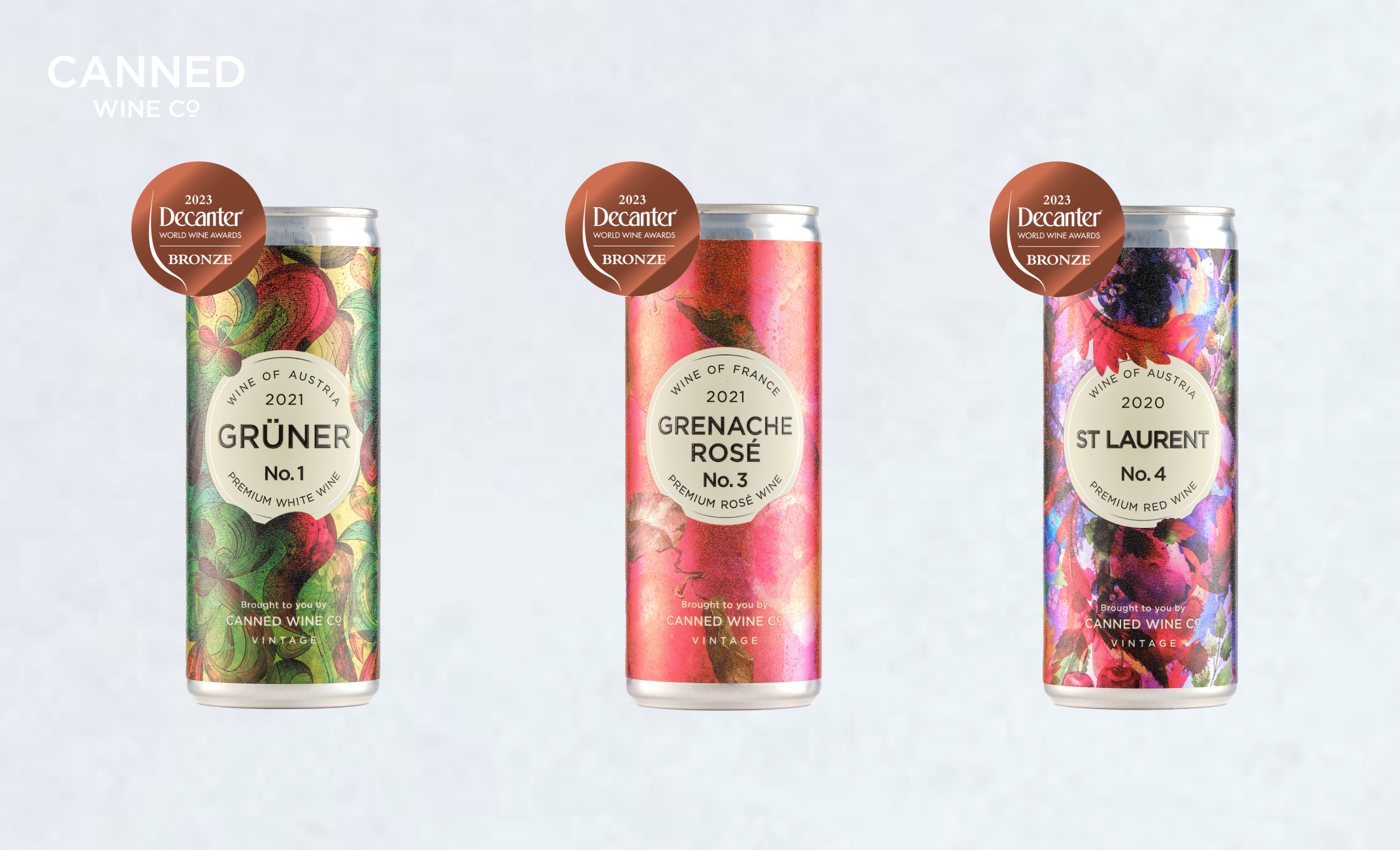Tannin is a naturally occurring polyphenol found in plants. This sounds complicated, but tannins are basically just complex bounds of oxygen and hydrogen that are in seeds, bark, leaves and fruit skins to make the plants unpalatable for animals.
Other foods you may know with tannins are tea leaves, nuts like walnuts and almonds, and dark chocolate.
Why tannins are present in wine
Tannins in wine come from two sources: either the grape skins, seeds and stems or oak. As red wines ferment with the whole grape, they have tannins, whereas white wines are fermented without skins. White wines could still have tannins if they are aged in oak barrels, like some Chardonnays are.
After fermenting, red wine is pressed to separate liquids from solids. The higher the pressure, the more tannins leach into the wine.
Once a wine is aged in oak barrels, the oak tannin is absorbed into the wine over time. This is more pronounced in new oak barrels. Our Old Vine Garnacha has been oaked for four years, however using only 10% new oak barrels and relatively large barrels to soften the tannins.
Tasting tannins
Tannins influence the mouthfeel and texture and give the wine structure and complexity.
To taste tannins, focus on the texture on your tongue and how the wine feels in your mouth. Tannins dry out your mouth like a wet tea bag or a strong cup of black tea would. Basically, high tannin wines remove proteins from your tongue, thereby creating a drying and puckering sensation. Due to tannins binding proteins, tannic wines can act as palate cleansers for rich and fatty foods like cheese.
There are different terms that are often used to describe tannins when tasting wine. In terms of texture, tannins can make a wine seem silky or velvety. However, a green wine would have overwhelming bitter tannins that dominate. When you are tasting wine, try to gage whether the tannins are overpowering or are matched by sweetness and fruitiness. Ideally, the wine shouldn’t have harsh or bitter tannins.
Don’t be afraid of tannins
While tannins can be linked to some bitterness, there is no need to be afraid of them! Balanced wines should have a good mix of all wine characteristics, and this includes tannins, sweetness, acidity and alcohol.
Tannins can actually be an important factor allowing fine ageing of wine. During the ageing process, tannin molecules create chains, thereby creating smoother wines. This is why tannins can seem stronger in young reds. Cabernet Sauvignon is an example of relatively high but velvety tannins, giving the wine a high aging potential.
The rumours about migraines and worse hangovers caused by tannins have not been proven scientifically, so why not give our Old Vine Garnacha a go and try a canned red wine that has smooth tannins?






